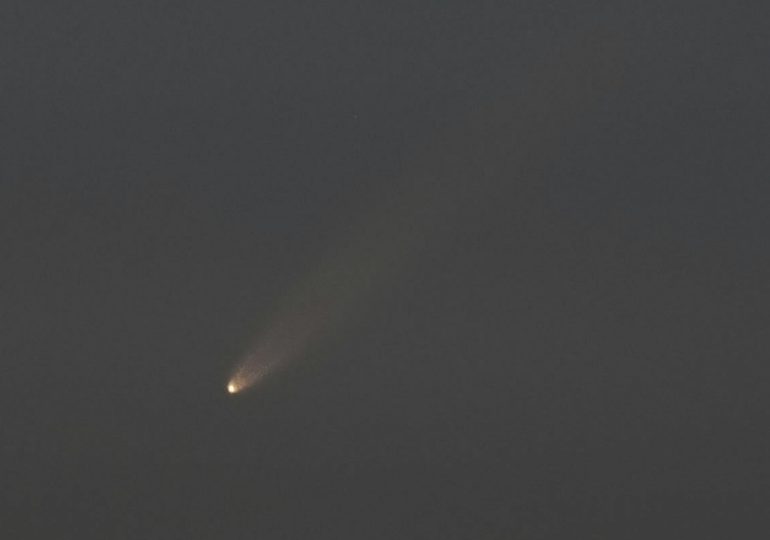A ”once in a lifetime” comet is expected to light up the night sky as it passes by Earth later this week. Comet Tsuchinshan-ATLAS will be bright enough to view by the naked eye for most of October. Here’s how to make sure you don’t miss the rare sighting.
What is Comet Tsuchinshan-ATLAS?
[time-brightcove not-tgx=”true”]
NASA defines comets as “cosmic snowballs” made of debris from the formation of the solar system. As they get close to the sun, they heat up and form a glowing tail of gas and dust that can be millions of miles long. Comet Tsuchinshan-ATLAS was discovered in 2023 by observers at China’s Tsuchinshan Observatory and an ATLAS telescope in South Africa. It was officially named in honor of both observatories.
The comet comes from the Oort Cloud, a region filled with frozen debris on the edge of our solar system.
It made a close transit of the sun on Sept. 27, which scientists suspected it might not survive, and is now expected to come within 44 million miles of the Earth.
Read More: Scientists Solve the Mystery Behind the Oumuamua ‘Alien Spacecraft’ Comet
When and where is the best time to see Comet Tsuchinshan-ATLAS?
Peak visibility will occur Oct. 9-10, according to NASA. The comet will be closest to the Earth on Saturday, Oct. 12, but should be visible until the end of October.
Stargazers in the Southern Hemisphere will have the best view of the comet, but those in the Northern Hemisphere will be able to catch a glimpse as well.
NASA astronomer Bill Cooke recommends choosing a dark vantage point just after full nightfall—typically an hour after sunset—and looking to the southwest.
What is the best way to view Comet Tsuchinshan-ATLAS?
The comet should be visible by the naked eye, but using binoculars or a telescope can help you get a better view. For those who want to enjoy the exciting event from the comfort of indoors, the Virtual Telescope Project will also host a live broadcast on Oct. 9.
Be sure to catch a glimpse: following its appearance this month, the comet will not be visible for another 800 centuries, according to NASA. That is, if it survives the trip.
Leave a comment








